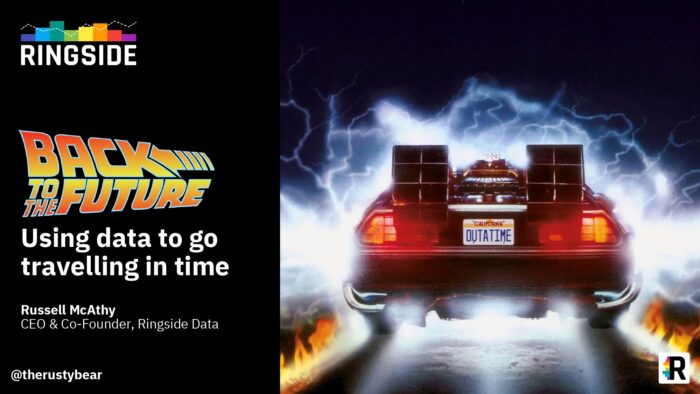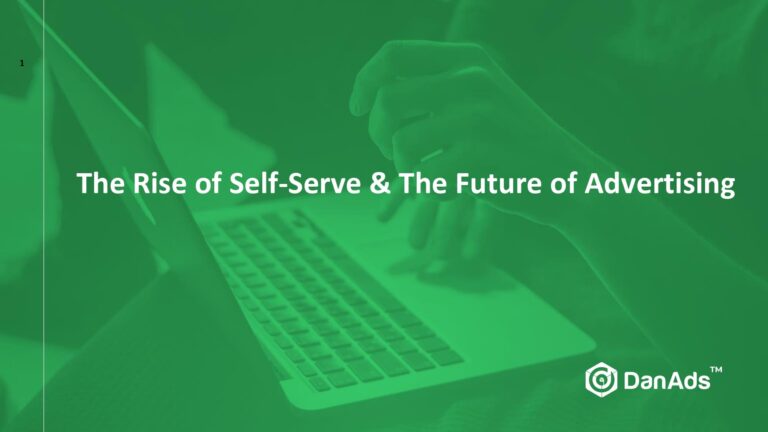Using Data to go Travelling in Time by Russell McAthy of Ringside Data
Russell McAthy presented “Using data to go travelling in time” at Anicca Digital’s 6th Leicester Digital Live Conference on 16th February.
You can watch the replay, download the pdf and read the summary below:
Watch the video
Read and download the pdf here
2-30pm – Russell McAthy, Ringside-compressed
Russell McAthy of Ringside Data, combines his love of data and the Back to the Future movies (yes, all three of them!) to show us how our perception of the customer journey doesn’t equate to a neat and straightforward timeline. And how we can forecast better from a deeper understanding.
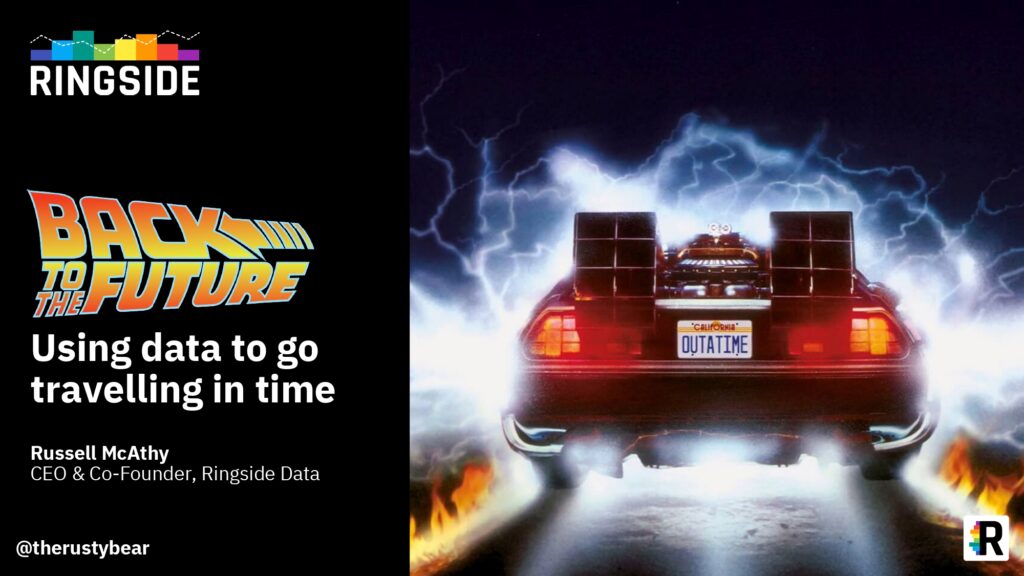 Customers rarely travel direct…
Customers rarely travel direct…
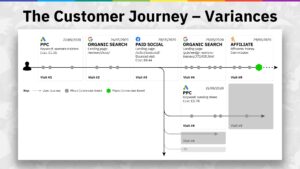
Too often we think of a customer’s journey as a linear timeline, which it rarely is. It’s often made up of multiple visits via various channels with detours and many micro-conversions along the way.
Problems with forecasting

Using run rate might be an easy calculation and widely understood, but it doesn’t always match reality and doesn’t show the reasons and the rationale behind the numbers
Customers won’t always follow our designs

We design customer journeys along the lines that we want them to take, but they don’t necessarily follow them all of the time. They will perform loops, take leaps and devise their own routes. Consequently, not every visit has equal value with many layers of complexity making up the journey as a whole.
Machines need to learn about partial successes as well

To better train the machines, we need to show them all the user journeys, not just the successful ones. This will help to define the factors in converting customers as well as those that feature for customers who are yet to convert.
Allocating true influence on conversion
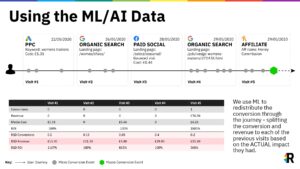
Not only does this assist in the design of customer journeys, but also in predicting whether users will convert or not…an extremely useful tool! And finally, with factors identified and predictions tested, we are in a position to weight the influence of each visit and allocate the overall conversion according to their actual impact on the user.
There’s still a role for ‘traditional’ analysis
And finally, we don’t have to rely solely on AI; tried and tested statistical analysis still has a role to play when it comes to looking at the numbers in a slightly different but entirely relevant way.
For further information, follow Russell @therustybear.

